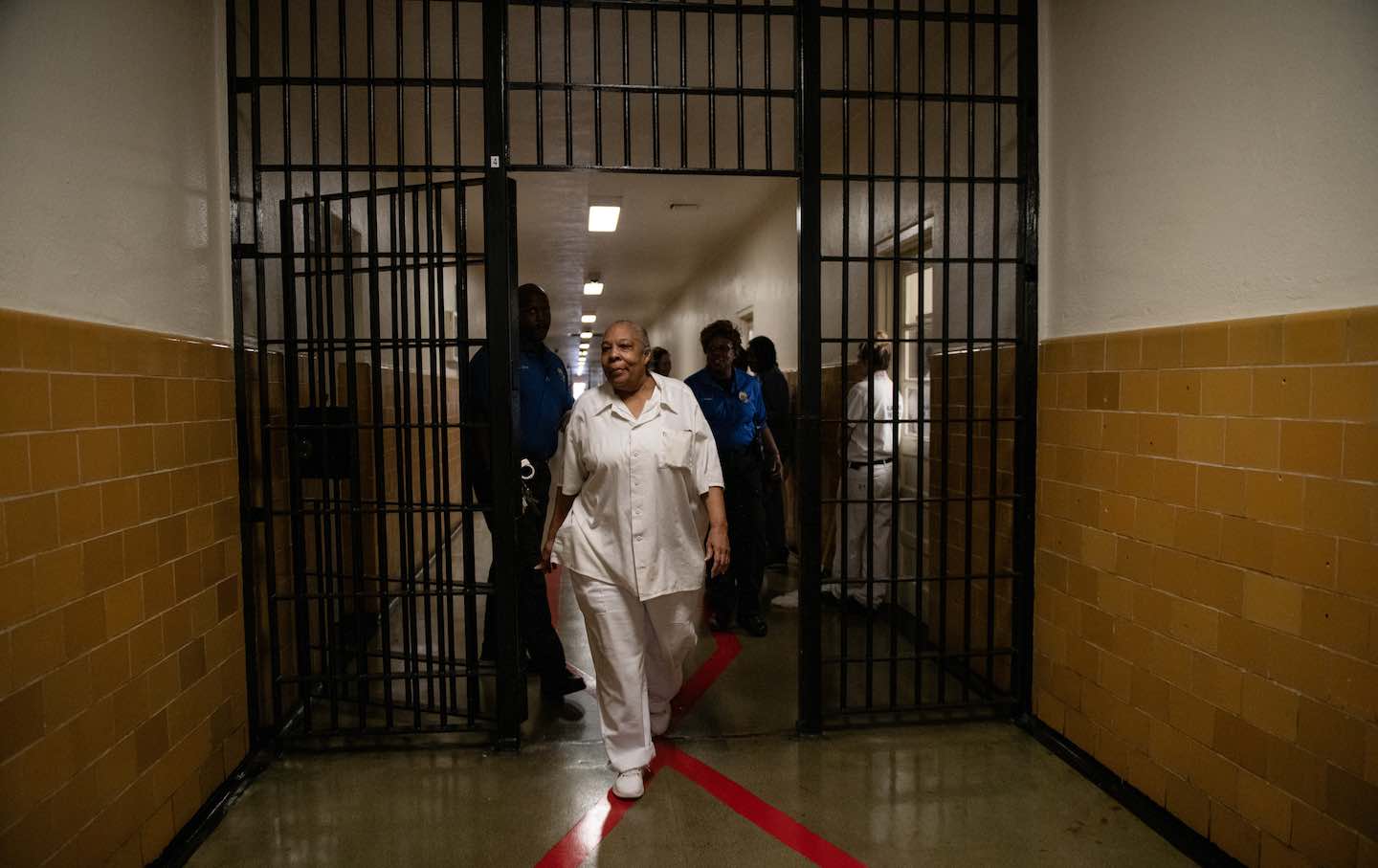The number of people in Kentucky prisons serving life without parole sentences has grown significantly in recent years. According to a new report by The Sentencing Project, Kentucky has one of the highest increases in such sentences in the U.S., even though the state’s crime rates don’t match this surge.
Alarming Growth in Life Sentences
The report reveals that nearly half of all U.S. states had more individuals serving life sentences in 2024 compared to 2020. In Kentucky alone, the number of people serving life without parole has jumped from 30 to 153 in just a few years.
Ashley Nellis, a lecturer in justice, law, and criminology at American University and the report’s author, describes the situation as “troubling.” She noted that Kentucky’s life-sentenced population is disproportionately high compared to the crimes committed.
National Perspective
Nationwide, almost 200,000 people were serving life sentences in 2024. This means one in six prisoners in the U.S. is serving a life sentence. Of these, over 97,000 people are serving life without the possibility of parole.
Young Offenders and Racial Disparities
Racial disparities are particularly striking among people sentenced to life imprisonment. The report highlights that individuals under 25 at the time of their offense are more likely to face these extreme sentences compared to older offenders.
Several factors contribute to this trend:
- More crimes eligible for life without parole: Sentences that were once limited to first-degree murder now apply to second-degree murder in some states.
- Victim-specific rules: Some cases, such as those involving homicides with specific victim types, now carry harsher penalties.
Calls for Change
Advocates are pushing for reforms that would limit imprisonment terms. They suggest:
- Capping prison sentences for adults at 20 years in most cases.
- Limiting sentences for crimes committed by youth to 15 years, except under rare circumstances.
Nellis believes these changes would reduce the problem of mass incarceration. Instead of focusing on the minimum time someone must serve, the system should consider a maximum limit to prevent unnecessarily long sentences.
Aging Prison Population
The report also highlights an aging prison population. Nearly half of those serving life without parole are aged 50 or older, and one in four is at least 60.
Conclusion
The rise in life without parole sentences in Kentucky reflects broader national trends. However, reforms that emphasize rehabilitation and set limits on incarceration could help address these disparities and reduce the number of people spending their entire lives behind bars.
Disclaimer – Our team has carefully fact-checked this article to make sure it’s accurate and free from any misinformation. We’re dedicated to keeping our content honest and reliable for our readers.








